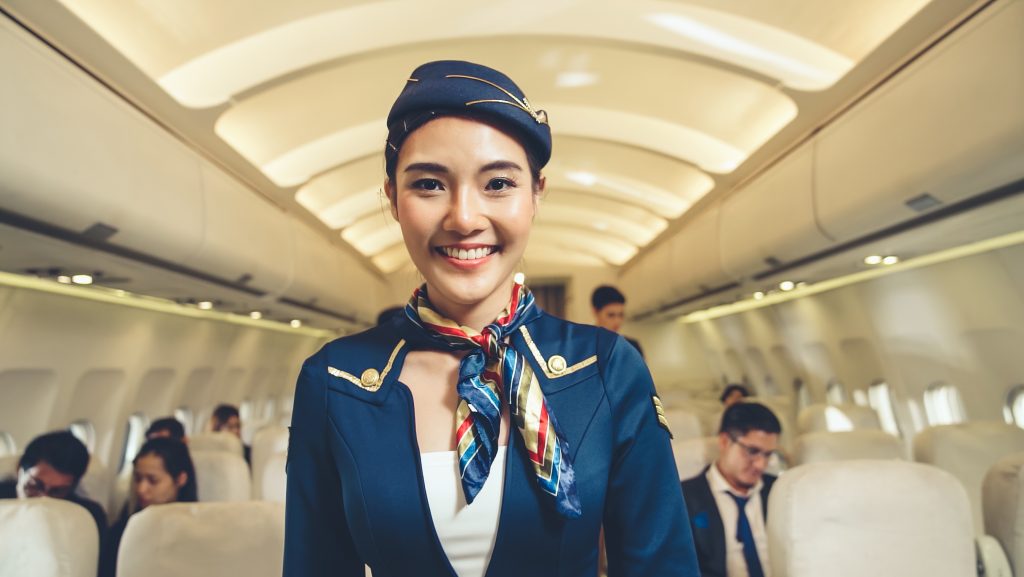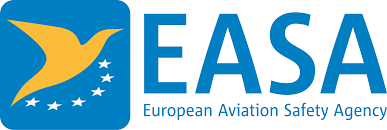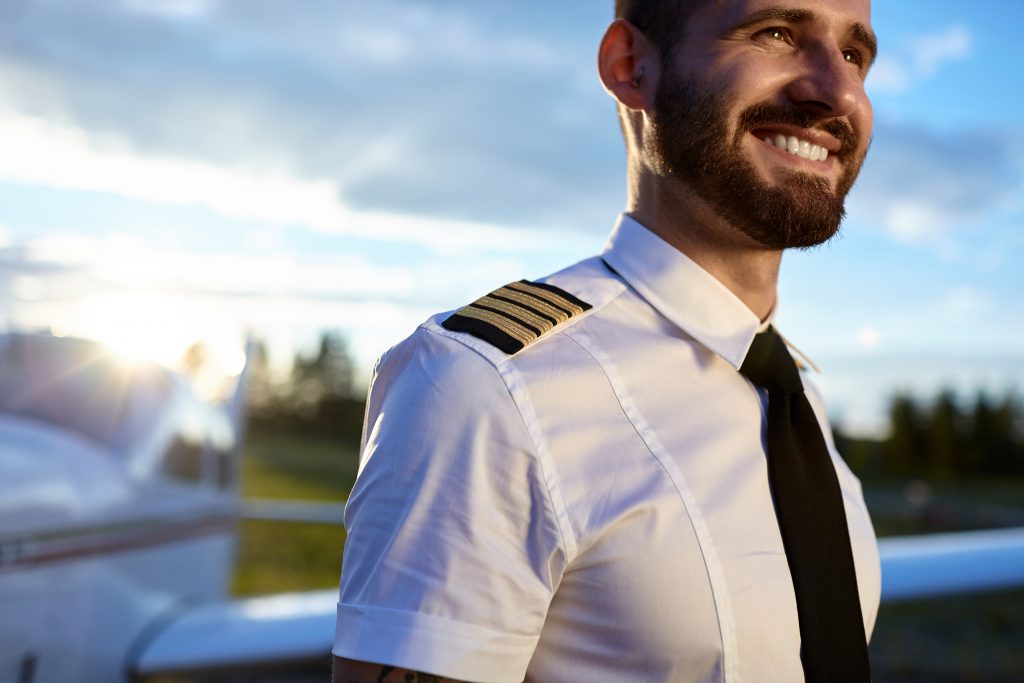Aviation medicine
Services of the aero-medical examination centre

Cabin crew Aero Medicals
We offer you the aviation medical examinations for cabin crew according to EASA Regulation 1178/2011
For the European aeromedical fitness examination for flight attendants, please bring this with you:
- Identity card or passport, if you have not yet been with us
- Previous medical exam, if not issued by us
- Ophthalmologist's certificate for the initial Class II examination (an eyeglass passport, if applicable)
-
Class 1 and 2 tests according to EASA
-
Examinations of cabin crew (Kabinen Medical)
-
Light Aircraft Pilot License (LAPL)


Class 1 / 2 Aero Medicals
We offer you the aviation medical examinations for pilots of class 1 and 2.
Vision requirements EASA Class 1
For each medical examination, a corrected distant visual acuity of at least 0.7 (= 70%) in one-eyed and 1.0 (= 100%) in binocular must be achieved.
Reliable color recognition must be demonstrated. In the case of anisometropia > 3 diopters, contact lenses must be worn.
If you have a refractive error of +3.0 to +5.0 diopters, – 3.0 to – 6.0 diopters or anisometropia between >2 and <3 diopters, you must also have an ophthalmological examination every 5 years.
In case of refractive error above -6.0 diopters, astigmatism or anisometropia above 3 diopters, you must additionally have an ophthalmological examination every 2 years.
After eye surgery and changes in visual acuity, an examination report from the ophthalmologist must be submitted to confirm suitability.
Entries for visual aids in the certificate:
-
- “VDL” a visual aid must be worn for the distance and spare glasses must be carried.
- “VNL” a visual aid for proximity (reading aid) must be worn and spare glasses must be carried.
- “VML” multifocal glasses must be worn (progressive or multi-area glasses) and spare glasses must be carried.
Vision requirements EASA Class 2 / LAPL
For each class 2 medical examination, a corrected distant visual acuity of at least 0.5 (= 50%) in one-eyed and 0.7 (= 70%) in binocular must be achieved.
In the event of a colour recognition disorder, a medical certificate with the entry “VCL” (= only valid for flights during the day) can be issued.
After eye surgery and changes in visual acuity, an examination report from the ophthalmologist must be submitted to confirm suitability.
Entries for visual aids in the certificate:
-
-
- “VDL” a visual aid must be worn for the distance and spare glasses must be carried.
- “VNL” a visual aid for proximity (reading aid) must be worn and spare glasses must be carried.
- “VML” multifocal glasses must be worn (progressive or multi-area glasses) and spare glasses must be carried.
-
For the European Class I and II Medical Fitness Examination, please bring:
- Identity card or passport, if you have not yet been with us
- Previous medical exam, if not issued by us
- Pilot license, if available
- Ophthalmologist's certificate for the initial Class II examination (an eyeglass passport, if applicable)

